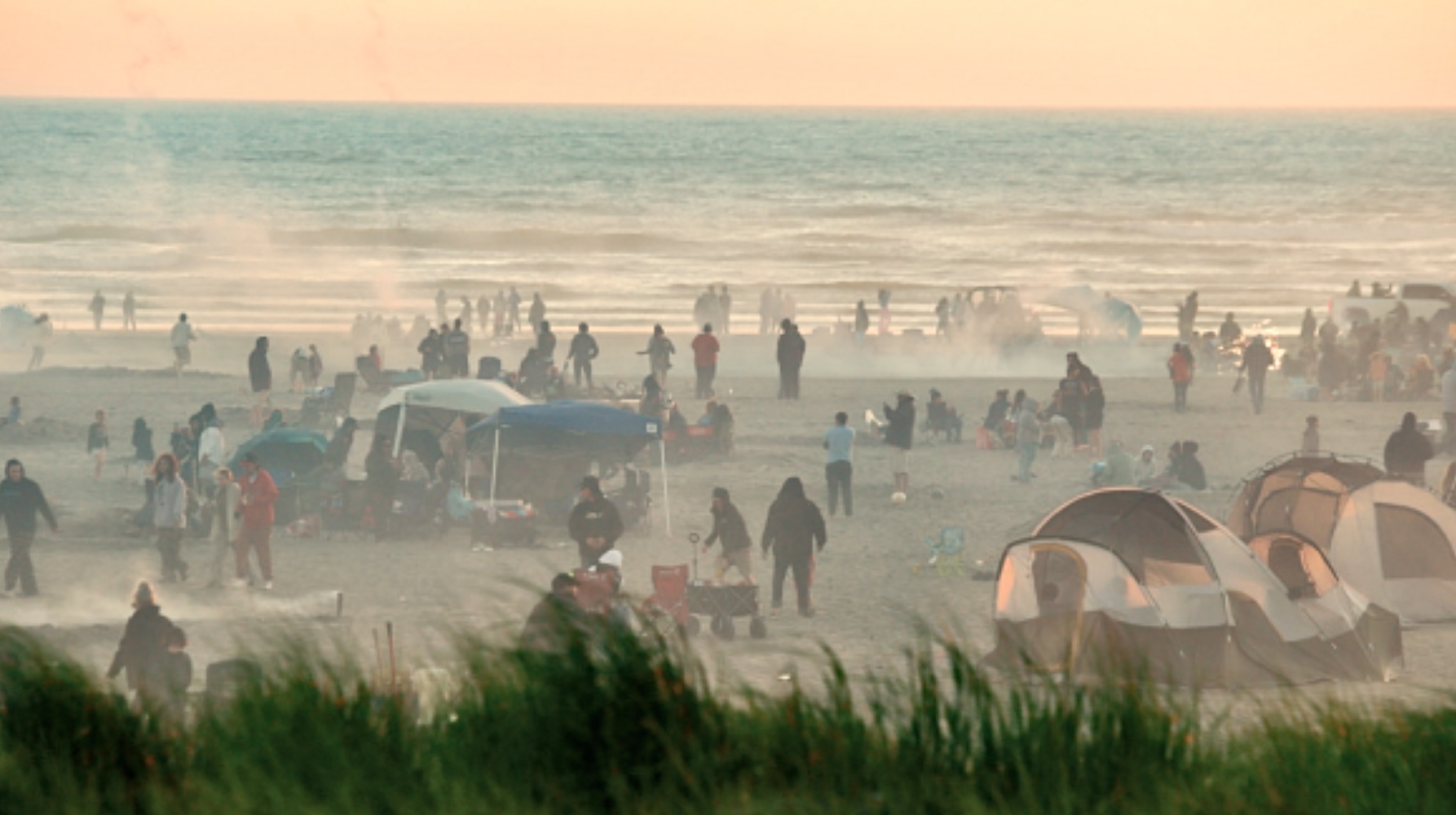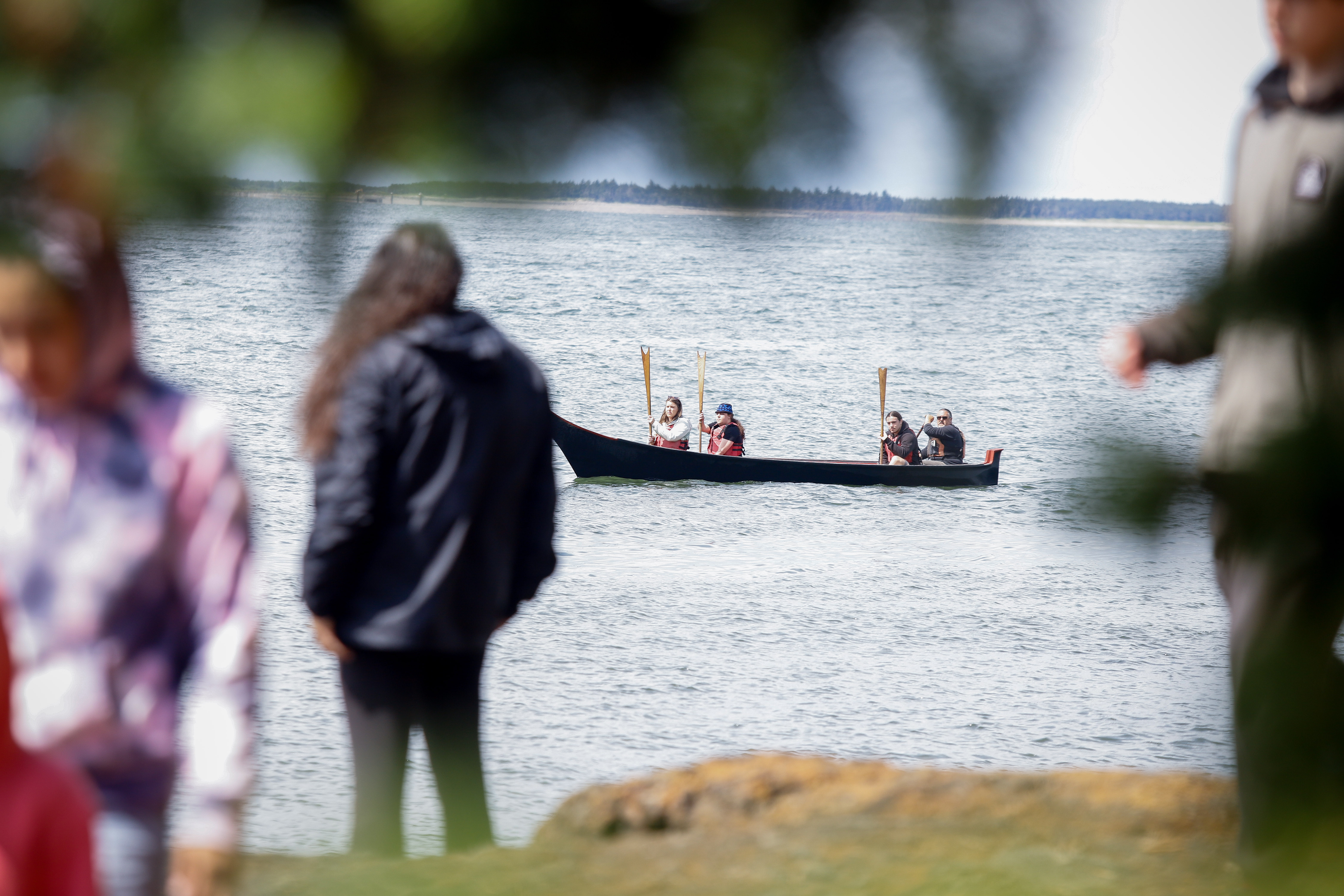Peninsula lapping rest of Pacific County in vaccinations
Published 5:46 pm Monday, August 16, 2021
PACIFIC COUNTY — By a nearly 2-to-1 margin, Long Beach Peninsula residents are taking the covid-19 pandemic more seriously than the rest of their Pacific County brethren.
According to state data obtained last week by the Pacific County Health and Human Services Department, 66.3% of peninsula residents have received at least one dose of a coronavirus vaccine as of July 20. In the rest of the county, including Chinook, Naselle and all of north county, the total number of residents at least initiating vaccination stands at a paltry 36.3%.
The disparity confirms what public health officials in the county have long assumed: peninsula residents are much more likely to acknowledge covid-19’s existence and seek protection from it, even though north county has borne the brunt of covid-19 locally. As of Aug. 11, 61.4% of all county residents with a known address who have tested positive for the virus list either a Raymond or South Bend home as their permanent residence — 26.4% list a peninsula address.
The northernmost communities on the peninsula — Oysterville, Nahcotta and Surfside — boast the best vaccination rates in the county, with an astounding 93.2% of residents within that census tract having received at least one dose.
It makes sense that those senior-heavy communities are leading the vaccination charge locally. In Pacific County, 76% of people aged 65 and older have received at least one vaccine dose, markedly higher than 53.4% of people age 50-64, 44.9% of people age 35-49 and 37.7% of people age 18-34. The county numbers mirror what’s being seen across the state, although the statewide vaccination rate is higher than the county vaccination rate in each age group.
Overall, 51.6% of county residents have received at least one dose as of Aug. 14, up notably from 50.4% a week ago — representing more than 250 people receiving their first dose. County health director Katie Lindstrom said that while interest is increasing among people seeking their first dose, some of the past week’s jump can possibly be attributed to the state adding data about Washington residents who got vaccinated in Oregon.
New vaccine requirements
Last week, Gov. Jay Inslee announced he was issuing a proclamation that implements a vaccine requirement for most state workers, as well as private health care workers, as a condition of employment. Those affected by the proclamation have until Oct. 18 to be fully vaccinated.
The new mandate includes exemptions for those with “legit medical reasons or sincerely held religious reasons.” Personal or philosophical exemptions are not allowed under the order. Employees that refuse to be vaccinated will be subject to dismissal for not meeting job qualifications.
Undergoing testing protocols in lieu of getting vaccinated is also not permissible under the new requirements. The governor’s office said that past opt-out testing policies in congregated facilities for unvaccinated staff have not been efficient at preventing outbreaks, and are a financial burden for staff and taxpayers.
“It is the mission of public servants and those providing health care to serve our fellow Washingtonians,” Inslee said in a statement announcing the proclamation. “These workers live in every community in our state, working together and with the public every day to deliver services. We have a duty to protect them from the virus, they have the right to be protected, and the communities they serve and live in deserve protection as well.”
Ocean Beach Hospital CEO Larry Cohen said the hospital and its medical clinics will be fully complying with the new requirements. He declined to disclose the vaccination rate of OBH staff, but said he believes it is on the higher end among hospitals in the state.
Third dose OK’d for immunocompromised
Last week, the U.S. Food and Drug Administration authorized another dose of Pfizer’s or Moderna’s covid-19 vaccine for certain people who are immunocompromised.
The ruling means health care providers can now offer a third dose of the two vaccines to some immunocompromised individuals, including: Those receiving active cancer treatment for tumors or cancers of the blood, those who have received an organ transplant and are taking medicine to suppress the immune system, those who have received a stem cell transplant within the last two years, and those who have a moderate or severe primary immunodeficiency.
A third dose for people who are immunocompromised is not considered a booster shot, but rather an additional shot for individuals who didn’t adequately develop immunities with the original two-dose regimen. People who receive a third dose should get it 28 days or later after receiving the second dose, and should receive the same vaccine as their first two doses — although it is permissible to receive the other vaccine if the original vaccine is not available.
At this time, a second dose of Johnson & Johnson’s single-dose vaccine has not been authorized for this group. People who received the Johnson & Johnson vaccine also should not seek a dose of either the Pfizer or Moderna vaccine.
Immunocompromised people are recommended to continue mask-wearing and social distancing measures even after vaccination. Close contacts are also encouraged to get vaccinated, to help protect the immunocompromised person in their life.
For a list of all upcoming vaccine clinics in Pacific County, visit www.pacificcountycovid19.com.






